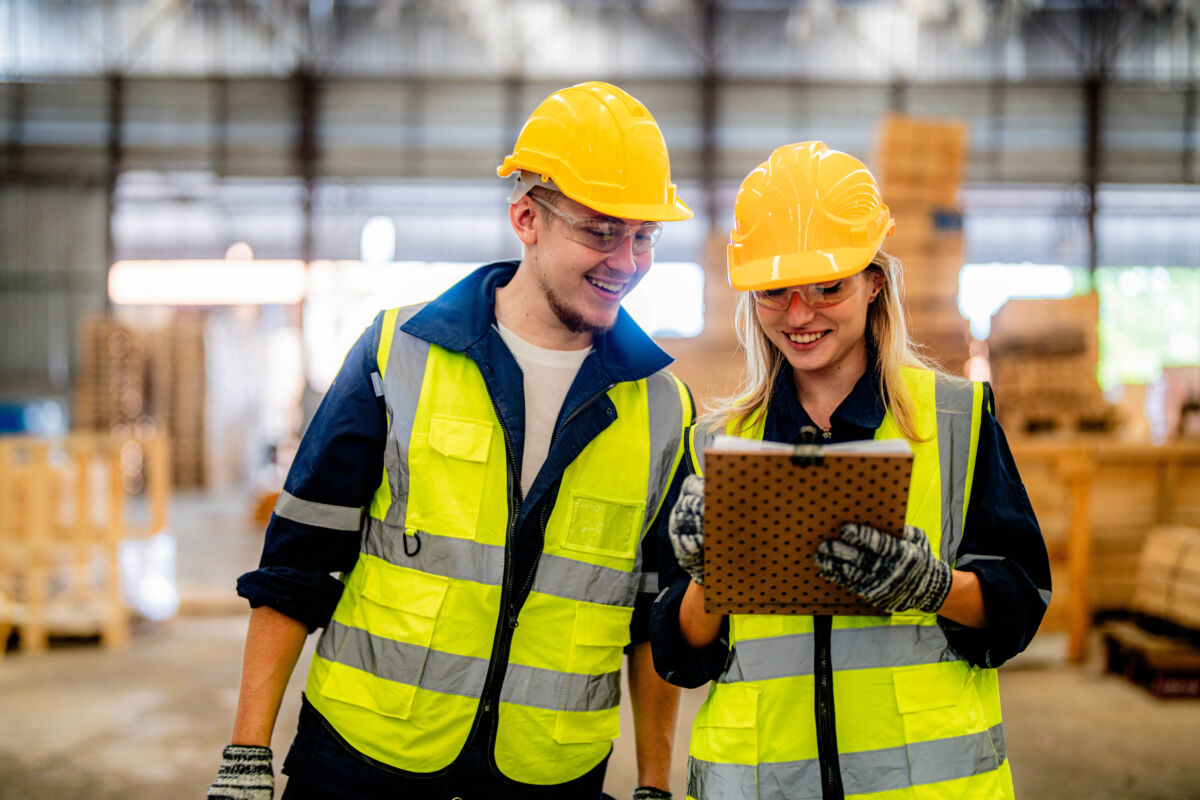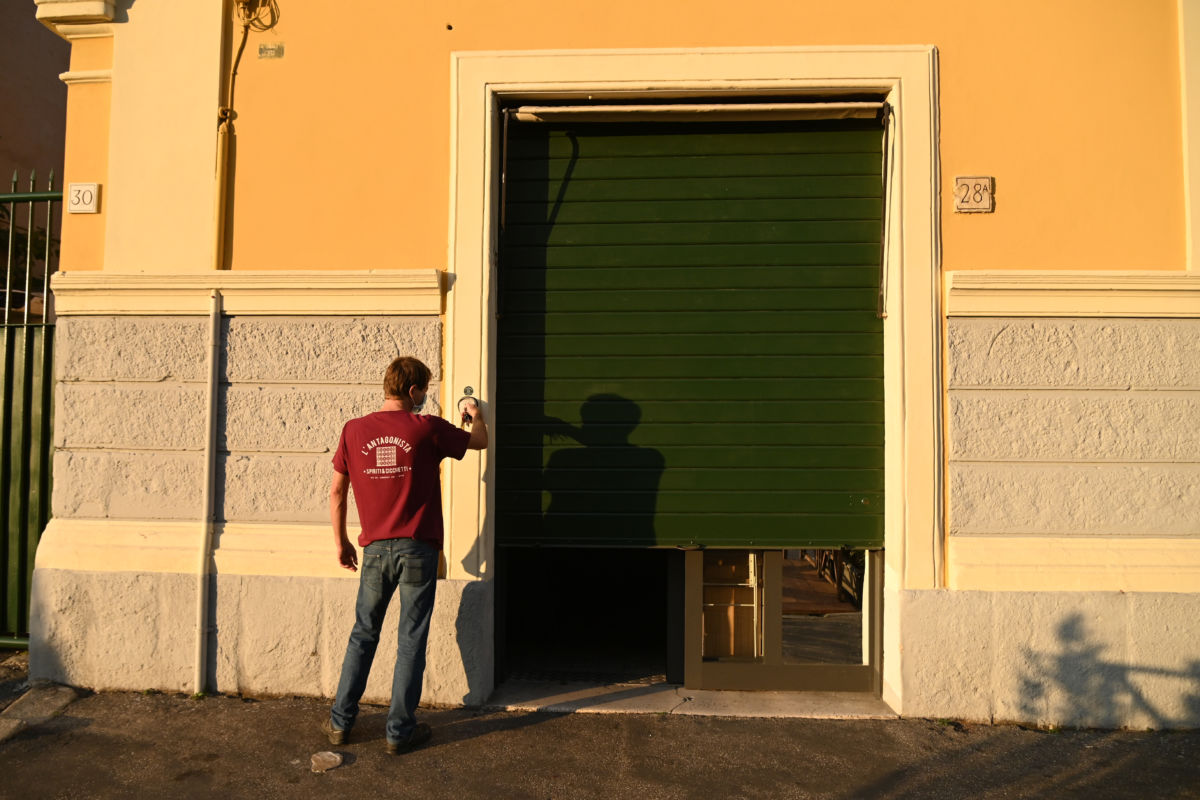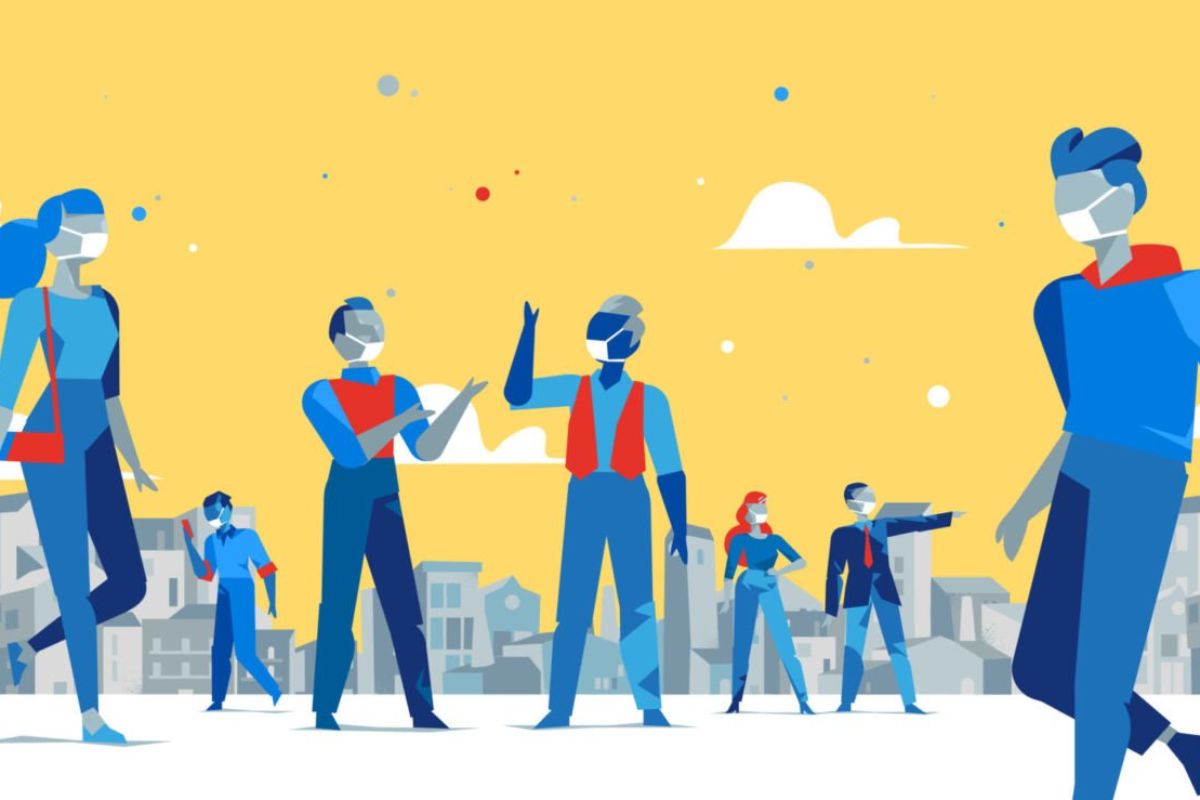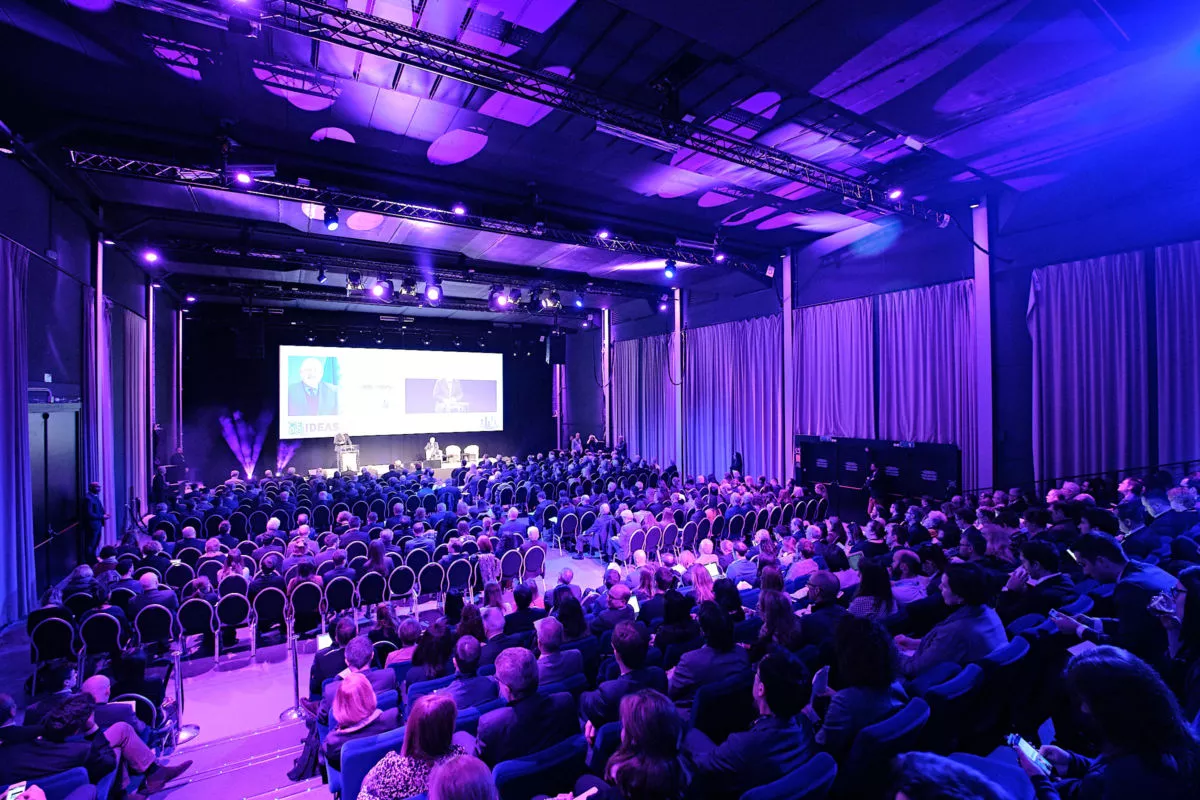Skills have become a central pillar in policy discussions on the future of work. Since the 2000 Lisbon Strategy, the EU has gradually shifted from focusing on formal education and qualifications – as indicators of skill bundles – to a greater emphasis on skills as individual units that can be independently acquired and traded. The Recommendation on Microcredentials – first adopted in 2022 and now featured prominently in the Union of Skills – represents the clearest indication of this shift.
Since then, policymakers frequently turn to skilling as a silver bullet – something to reduce labour shortages and help the workforce adapt to technological change, ultimately providing social mobility and even supporting the inclusion of vulnerable groups in both the labour market and society at large.
In the recent Competitiveness Compass skills are seen as ‘horizontal enablers’ of competitiveness that also ensure social fairness. But it doesn’t explain how exactly this mechanism would work. This isn’t surprising, as the debate on skills is riddled with misconceptions that oversimplify skills’ role in the labour market and in society.
In short, if we don’t move beyond this simplified view, inclusive competitiveness will remain out of reach.
First, skilling alone won’t solve inequality
The first misconception is that skilling can make a big dent in economic inequality. A common argument in the policy debate is that skills can be used to reconcile inclusion and competitiveness – a win-win where upskilling both enhances productivity and raises wages. The idea is appealing because if we equip individuals with better skills, they can then access higher-paying jobs, reducing income inequality in the process.
But while reducing structural barriers for disadvantaged groups is crucial, the belief that skilling alone will lead to a fairer distribution of prosperity is naïve, for two reasons. First, wage income is only a part of a household’s income, which in turn is less concentrated than wealth. Second, while individual skill acquisition may indeed improve personal economic mobility, inequality of opportunity is not just a function of skills – it’s embedded in the labour market’s structure and in the broader economic system.
If reducing inequality is the goal, more direct and effective levers exist in the fiscal system, such as progressive taxation and redistribution. Skilling may help individuals, but it’s not a substitute for policies that actively address structural inequities.
Second, innovation isn’t just ‘enabled’ by skills but driven by it
The second misconception is the disconnect between the skills debate and the one on innovation. The Competitiveness Compass dedicates pages to ‘closing the innovation gap’ – with strategies focused on supporting start-ups, increasing R&D spending, and investing in digital infrastructure. But skills and quality jobs are an afterthought, tucked away under the category of ‘horizontal enablers.’
This suggests that innovation is primarily driven by capital, investment and technology, with skills playing only a supporting role. But this is fundamentally wrong. Innovation is an inherently human process.
It’s people, not capital, who generate new ideas and combine them to develop new technologies. It’s people, not capital, who apply those technologies to create new products, services and processes. It’s people, not capital, who translate this innovation into new business models and organisational change.
Humans are by nature instinctively curious. Anyone who has watched a child unwrap a present knows this – they’re often more fascinated with the wrapping paper than the toy inside because it allows for more open-ended play and experimentation. But this innate curiosity can be eroded by rigid education systems, bureaucratic workplaces and repetitive procedural tasks that don’t challenge workers to think critically or creatively.
Even Adam Smith recognised this in 1776, observing that workers who engage in monotonous tasks lose the ability to think innovatively:
‘The man whose whole life is spent in performing a few simple operations, […] has no occasion to exert his understanding […]. He naturally loses […] the habit of such exertion, and […] becomes as stupid and ignorant as it is possible for a human creature to become’.
A recent study on German firms found that businesses adopting frontier technologies like AI contribute to the de-routinisation of work but not just for the reasons we usually assume (i.e. by automating away routine tasks). Instead, firms that already employ more non-routine cognitive workers – those in roles requiring judgement, problem-solving and creativity – experience faster growth when adopting new technologies.
In other words, creative, critical and curious workers fuel the innovation process. Firms that rely on human ingenuity, rather than just procedural execution, are better positioned to benefit from technological change.
Third, skills aren’t only an input to work but also an output of work
The third misconception is the idea that skills exist independently from the workplace, as if individuals acquire skills elsewhere and simply bring them to their jobs. This assumption underpins policies that focus on formal learning as the primary avenues for skill development.
But skills aren’t just something you possess – they’re something you practice. A skill, by definition, is the ability to perform a task well. And the most effective way to build skills is by doing actual tasks, not by simulating them in a classroom.
Yes, training has its place. But most adults learn by doing. And considering that we spend at least three times longer in work than in education, the workplace should be seen as the primary place for acquiring skills.
Again, Adam Smith recognised this centuries ago, noting that what distinguishes professionals from regular workers is not inherent talent but the division of labour itself:
‘The difference of natural talents in different men is […] not upon many occasions so much the cause, as the effect of the division of labour.’
In other words, while our initial skills may get us our first job, it’s the work environments, organisational cultures and tasks we perform that shape our long-term skill development. Especially those skills that are so crucial for innovation, such as creativity and problem-solving, are honed more by work experience than by formal education or training.
Skilling is a systemic undertaking, not just an individual one
Policymakers must move beyond the over-simplified view of skills as a plug-and-play solution for social and economic challenges. If we want to reduce inequality, we need structural solutions to systemic barriers, not just the upskilling of individuals. If we want to drive innovation, we need to recognise that it is people and organisations, not just capital, that drive progress. If we want effective skilling strategies, we need to embrace the workplace as the primary space where skills are shaped and refined.
Without this shift in perspective, skills policies will continue to miss their mark – failing both workers and the broader economy, with the competitiveness that the EU so badly wants remaining firmly out of reach.
For the third year in a row, CEPS is marking International Women’s Day on 8 March with a special short series of Expert Commentaries to highlight the insights and expertise of some of our most talented female researchers.














